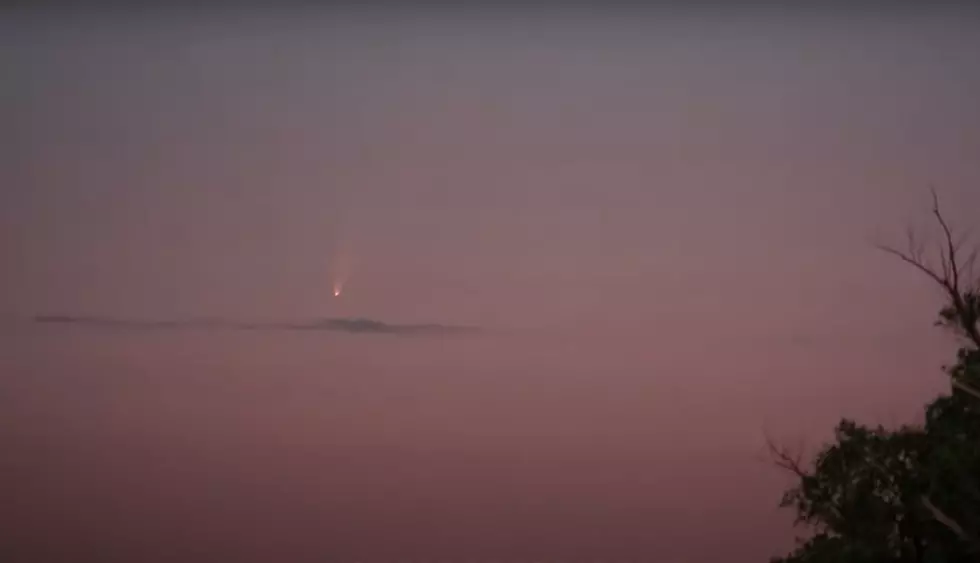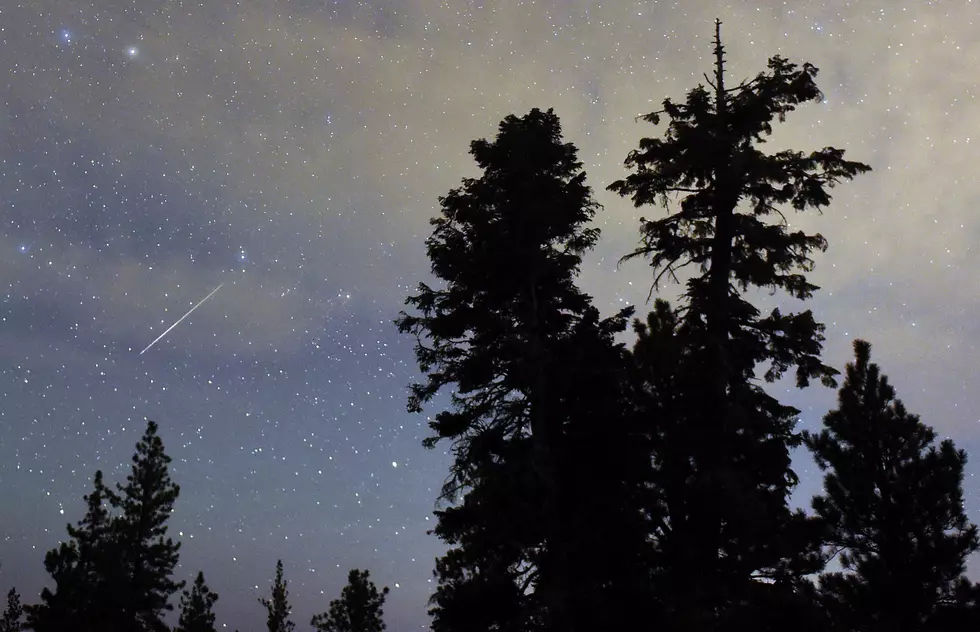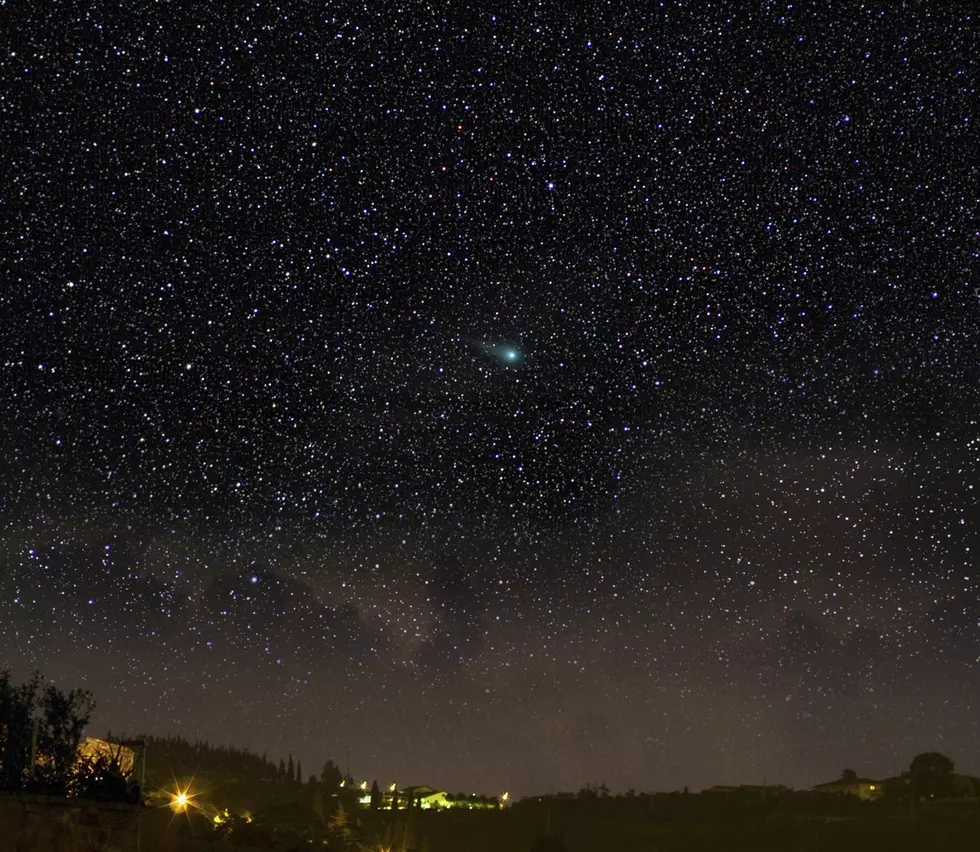
See ‘Comet NEOWISE’ in the Evening Sky
Where should you look? Look to the Northwest about an hour after sunset near the constellation Canis Major, or try this website.
It will be closest to our planet on the evening of July 22 when it will be 64.3 million miles away.
If you don't catch the comet before it leaves our solar system, you'll have to wait awhile to see it again -- it's estimated that it won't be back again for a visit until the year 8786.
According to Earthsky, this comet was just discovered in March by the telescope Near Earth Object Wide-field Infrared Survey Explorer, or NEOWISE.
Credit: Paul M Smith via YouTube
See the Must-Drive Roads in Every State
More From AM 950 KOEL





![NASCAR Star Bubba Wallace Is Going To Be A Dad – [See Pictures]](http://townsquare.media/site/204/files/2024/04/attachment-Bubba-Wallace.jpg?w=980&q=75)



